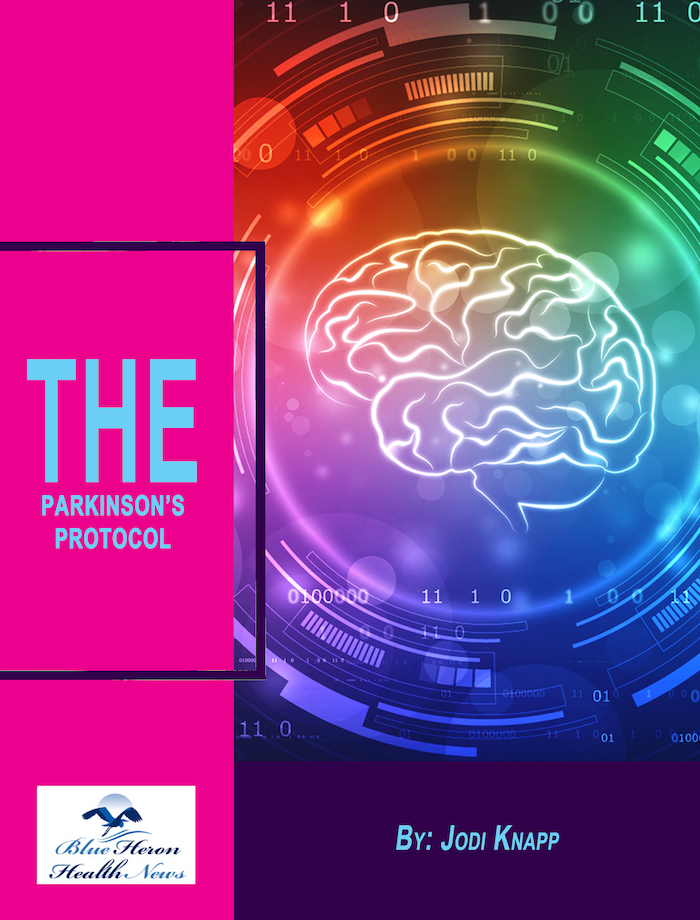
The Parkinson’s Protocol™ By Jodi KnappThus, the eBook, The Parkinson’s Protocol, educates you regarding the natural and simple ways to minimize the symptoms and delay the development of Parkinson’s effectively and quickly. It will also help your body to repair itself without following a specific diet plan, using costly ingredients or specific equipment. Its 60 days guarantee to return your money allows you to try for once without any risk.
What therapies are available for speech problems in Parkinson’s?
Speech problems are common in Parkinson’s disease (PD), affecting clarity, volume, and expression. Several therapies can help improve communication and quality of life. Here are the main options:
1. Speech-Language Therapy (SLT)
The cornerstone treatment for PD-related speech issues.
A speech-language pathologist (SLP) assesses and provides personalized exercises to:
Improve voice volume (loudness)
Enhance articulation (clear pronunciation)
Increase speech rate control
Improve breath support and voice projection
Work on facial expression and nonverbal communication
2. Lee Silverman Voice Treatment (LSVT LOUD)
A specialized, evidence-based speech therapy program designed specifically for PD.
Focuses on increasing voice loudness and improving vocal quality.
Typically involves intensive, structured exercises over 4 weeks.
Proven to improve speech loudness, intelligibility, and confidence.
Often considered the gold standard for PD speech therapy.
3. Respiratory and Breath Control Training
Exercises to strengthen breathing muscles.
Helps sustain speech and improve volume.
Can be part of broader speech therapy programs.
4. Communication Strategies Training
Teaching techniques such as:
Speaking slowly and clearly
Using gestures and facial expressions
Pausing between sentences for clarity
Confirming understanding in conversations
5. Assistive Technology and Augmentative Communication
For advanced speech difficulties, devices or apps can help:
Voice amplifiers to increase loudness
Speech-generating devices or communication apps on tablets and smartphones
6. Medication and Surgical Interventions
Medications (like levodopa) sometimes improve speech indirectly by improving overall motor function.
Deep Brain Stimulation (DBS) can improve motor symptoms but has mixed effects on speech; some patients experience speech worsening, so therapy remains important.
Summary Table: Therapies for Parkinson’s Speech Problems
Therapy Type Description Benefits
Speech-Language Therapy Personalized exercises to improve clarity and volume Enhanced articulation, breath control
LSVT LOUD Intensive program focusing on increasing voice loudness Proven improvement in speech volume and intelligibility
Respiratory Training Breathing exercises to support speech Better vocal projection and stamina
Communication Strategies Techniques to aid conversation Improved interaction and understanding
Assistive Technology Amplifiers, speech apps, devices Supports communication in severe cases
Medication/Surgical Effects May indirectly affect speech Variable impact, requires monitoring
If you want, I can provide sample exercises from LSVT LOUD or communication tips tailored for Parkinson’s speech difficulties!
Swallowing difficulties, or dysphagia, are common in Parkinson’s disease (PD) and can lead to serious complications like choking, malnutrition, and aspiration pneumonia. Managing dysphagia involves a combination of therapeutic strategies, dietary adjustments, and sometimes medical interventions to keep swallowing safe and effective.
Here’s how swallowing difficulties can be managed in PD:
1. Speech and Swallowing Therapy
A speech-language pathologist (SLP) can assess swallowing function and develop individualized therapy plans.
Therapy focuses on:
Exercises to strengthen the muscles involved in swallowing.
Techniques to improve coordination and timing of the swallow.
Teaching safe swallowing strategies, like chin tuck or head rotation during eating.
2. Dietary Modifications
Changing food and liquid textures can make swallowing easier and safer:
Pureed or soft foods.
Thickened liquids to reduce the risk of aspiration.
Avoiding sticky, dry, or hard-to-chew foods.
Smaller, more frequent meals may help reduce fatigue during eating.
3. Postural and Environmental Adjustments
Eating in an upright position to help gravity assist swallowing.
Ensuring a calm, distraction-free environment to focus on eating.
Encouraging slow, deliberate chewing and swallowing.
4. Medications and Timing
Optimizing PD medications to improve overall muscle control can sometimes improve swallowing.
Timing meals during “on” periods when medication effects are strongest.
5. Medical and Surgical Interventions
In severe cases, feeding tubes (like a gastrostomy tube) may be considered to ensure adequate nutrition and reduce aspiration risk.
Rarely, surgical procedures may be recommended for specific swallowing disorders.
6. Regular Monitoring
Regular evaluation by healthcare providers to monitor swallowing safety and nutritional status.
Early detection of aspiration signs like coughing, choking, or recurrent chest infections.
Summary
Swallowing difficulties in Parkinson’s disease are managed through speech therapy, diet changes, safe swallowing techniques, medication optimization, and close medical monitoring. Early intervention helps prevent complications and maintain nutrition and quality of life.
The Parkinson’s Protocol™ By Jodi KnappThus, the eBook, The Parkinson’s Protocol, educates you regarding the natural and simple ways to minimize the symptoms and delay the development of Parkinson’s effectively and quickly. It will also help your body to repair itself without following a specific diet plan, using costly ingredients or specific equipment. Its 60 days guarantee to return your money allows you to try for once without any risk